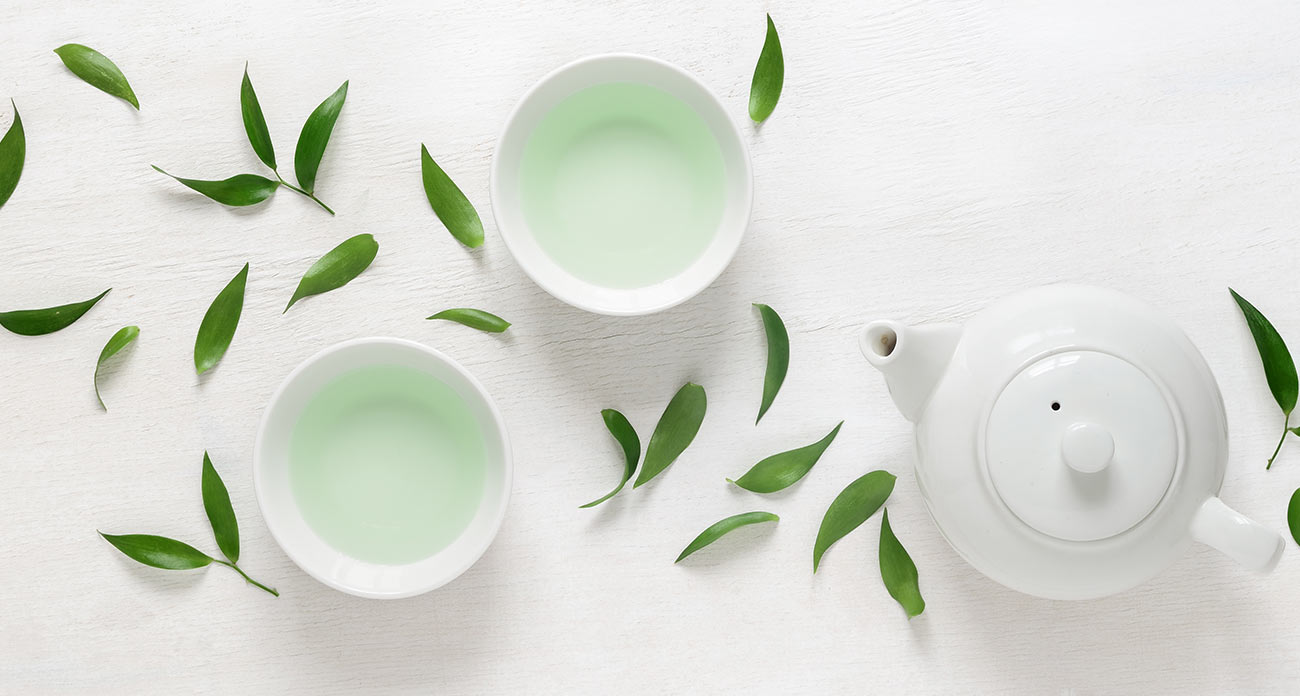
Tea Flavours
Tea Flavours – It is well-known in the tea industry that the region in which a particular tea is produced influences the flavour of the finished product, often in profound or dramatic ways. And in addition to large-scale influences like climate and soil, other environmental factors, such as the presence or absence of certain insect predators, influence the way the finished tea tastes as well.
This article explores the biology behind the influence of these environmental factors on the aroma and flavour of tea.
Climate and weather’s influence on tea’s flavour and aroma:
Climate and weather influences tea’s flavour and aroma in particularly dramatic and profound ways. Most of the regions that grow tea have a seasonal precipitation pattern. Most of China, and South and Southeast Asia have a monsoon season with very wet summers and dry winters. Kenya and parts of Sri Lanka have a bimodal precipitation pattern, meaning that there are two distinct wet and two distinct dry seasons in each year. In some areas, such as the Uva region in the Southeast of Sri Lanka, strong drying winds change the chemical composition of the leaf, and tea harvested after these seasons has unique characteristics distinct from other Ceylon teas.
Teas harvested at different times of year also have different qualities. When rains begin after a dry season, the tea plant leaves out after a period of dormancy. The rate of growth of the plant and the chemical composition of the leaf changes as the rains accelerate and the temperatures rise, leading into a monsoon system, and then both falls leading back to the dormant season. Certain harvests, such as the first and second flush, and autumnal flush teas in Darjeeling, are considered to have the most desirable flavour profiles, and generally fetch the highest price. Rains tea, harvested during the monsoon season, is considered less desirable and is generally sold in bulk and used in blends.
Insect predation can influence tea’s flavour and aroma:
Most people know that tea comes from a plant, but many of them would be surprised to learn that, in the case of certain types of tea, insects actually play an essential role in the tea’s production. Two disparate teas for which this is the case include Darjeeling black tea and Oriental beauty oolong tea, which also goes by the names dong fang mei ren or bai hao oolong. These two teas are produced in different regions of the world, by two vastly different methods, yet both share in common a peculiar grape-like aroma, often described as “muscatel” as the aroma strongly resembles Muscat grapes, a particular variety of grape best known for its use in wine.
In the case of these teas, a small leaf-hopper insect, called chaxiaoluyechan in Chinese, eats the leaves of the tea plant before they are harvested. In response to these insects, the tea plant produces a series of chemical defences to protect itself from further herbivory. The chemicals produced as defences are what give these teas their unique grape-like aroma. If the insects are prevented from eating the plant, such as by using pesticides, the tea will not acquire its unique muscatel aroma.
By Alex Zorach



